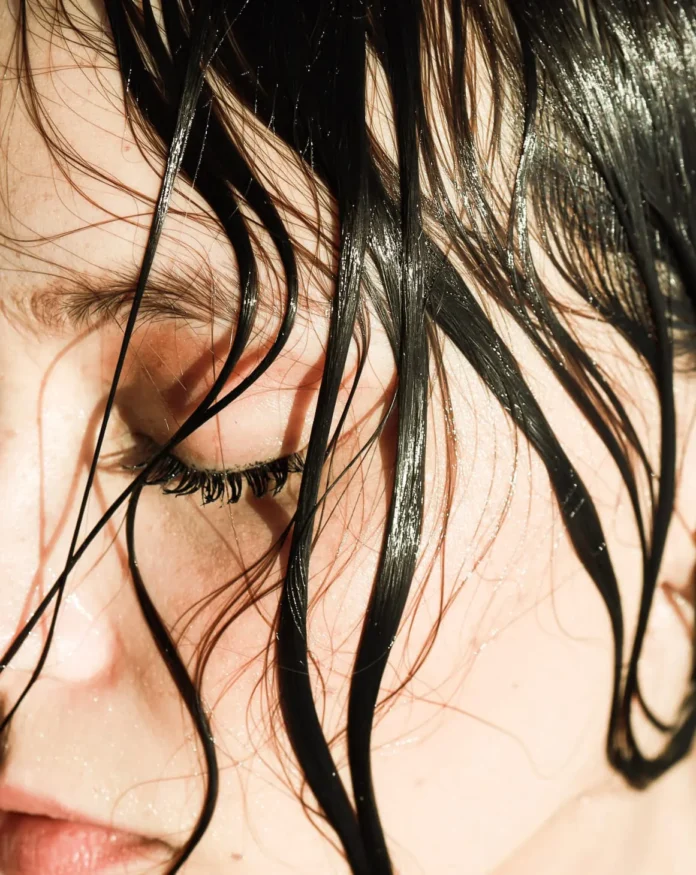In a recent Zoom conversation, Charles Rosier and Professor Augustinus Bader—cofounders of the luxury skincare brand Augustinus Bader—introduced their latest breakthrough: a sunscreen that promises to be more than just a protective layer. While Professor Bader’s fair complexion hints at a lifetime of sun avoidance, Rosier’s sun-kissed glow tells a different story—one of frequent winter escapes to the Caribbean and the sunny South of France. Yet, despite their contrasting sun habits, both have come to embrace this new sunscreen, marking a significant shift in their personal skincare philosophies.
This isn’t just another SPF product. As Professor Bader enthusiastically explains, their new sunscreen is “the biggest innovation in the field of sun protection to the market since the existence of SPF.” After four years of meticulous development, this product merges two critical functions: it shields the skin from harmful rays while simultaneously repairing damage. “It’s a shield, plus repair technology,” he says, emphasizing its unique ability to target inflammation alongside sun protection—a first in the world of SPF.
The launch of Augustinus Bader’s sunscreen comes at a time when the skincare industry is increasingly recognizing the importance of nuanced sun care. Take Sisley, for example, a luxury brand that recently revamped its sun care range with products like the Sunleÿa Anti-Aging Facial Sun Care SPF 50+. Sisley’s approach highlights protection not only against UVA rays but also against glycation—a biochemical process that harms skin proteins like elastin and collagen, accelerating aging.
The question arises: Are we finally learning to strike a balance between enjoying the sun’s benefits—such as vital vitamin D—and protecting our skin from its dangers? And what does a “sensible attitude” toward sun exposure actually mean? More sunscreen? Less? It’s a debate with no simple answer.
There’s certainly no shortage of advice urging us to apply sunscreen every day, regardless of weather. Yet, in countries with predominantly grey skies for much of the year, the urgency of daily sunscreen use feels questionable. This tension is underscored by the enormous growth of the global sunscreen industry—valued at over $11 billion in 2022 and projected to reach $16 billion by 2029—highlighting how commercial interests often intertwine with health messaging.
However, a more nuanced conversation is emerging. Sisley, for example, promotes a more tailored approach depending on the day’s UV index. Their bestselling All Day All Year moisturizer, which contains encapsulated filters but no SPF rating, offers gentle protection when UV exposure is low. They also acknowledge that many people still desire a tan but caution against reckless sunbathing, especially early in holiday seasons. Pauline Poussin, Sisley’s scientific communication manager, warns, “The most serious mistake is to try to tan very quickly by exposing yourself to the sun without precautions, which guarantees sunburn and accelerates photo-aging.”
Dermatologists generally agree that diligent sun protection is crucial when using retinol or after skin treatments like laser procedures, both of which increase photosensitivity.
Yet, not everyone endorses the “sunscreen daily, no exceptions” mantra. Professor Brian Diffey, emeritus professor of photobiology at Newcastle University and the creator of the sunscreen star rating system, argues that such blanket recommendations foster bad habits. “If you work indoors, you don’t need to wear sunscreen on days when the UV index is three or under,” he asserts. This view gained traction when the Australia and New Zealand Journal of Public Health revised its sunscreen guidelines in early 2024, emphasizing that unless someone has a specific risk profile—like a family history of melanoma or autoimmune disease—daily sunscreen use in low UV conditions is unnecessary.
Considering Australia has the world’s highest skin cancer rates, costing its healthcare system billions annually, these guidelines carry considerable weight.
So, how much sunscreen do we actually need? According to Diffey, most users apply only half the amount necessary to achieve the labeled SPF protection. Lab tests use a standard thickness of 2 milligrams per square centimeter for SPF ratings, but typical application is closer to 1 milligram, effectively halving the expected protection. Moreover, he reminds us that physical barriers—like hats, clothing, and shade—are far more effective than sunscreen alone.
The discussion also touches on safety concerns surrounding certain sunscreen ingredients. Diffey points out that some chemical filters can cause skin reactions or systemic absorption, where active components enter the bloodstream. Mineral sunscreens containing titanium dioxide and zinc oxide, especially those using nanoparticles, also raise questions about potential human risks. Choosing non-nano mineral formulations is advisable for those concerned.
In the United States, the Food and Drug Administration’s cautious stance on sunscreen ingredients—only approving a handful since 2006—reflects these safety debates. In response, Augustinus Bader developed a distinct mineral-based version of their sunscreen tailored for the US market, balancing efficacy with safety.
Professor Bader sums it up well: “The sun is a double-edged sword. Massive sun exposure causes damage, but chemical toxicity from protection products isn’t great either.” It’s a call to recognize the complexity of sun care in a world where protection and repair must go hand in hand, and where individual habits should be informed, not dictated.
So, the question remains: how will you choose to wear your sunscreen? With thoughtful innovation guiding the way, perhaps it’s time to rethink sun protection—not just as a daily obligation but as a personalized strategy that respects both the benefits and risks of the sun’s rays.










